The Empty Quarter may be splendid, but it is no less dangerous. Temperatures vary from 50° during the day to -10° at night, depending on the season. The only thing to hold on to are the kilometres of sand in front, behind, under and above: layers of sand pile up to 200 metres deep, but there are also dunes 300 metres high. The desert's surface area covers 650,000 km². The Rub Al-Khali represents a real danger to mankind, which is why today it is one of the rare areas in the world that has been untouched by human life, but not for ever.
The Rub Al-Khali, also known as the "Empty Quarter", is a vast ocean of sand that stretches as far as the eye can see. Covering an area of more than 650,000 square kilometres, it is considered to be one of the largest sand deserts in the world. Its extreme climate and hostile conditions make it uninhabited and difficult for humans to explore. However, the desert is home to an astonishing diversity of life adapted to these extreme conditions, including reptiles, insects and mammals that have developed unique adaptations to survive. As well as its breathtaking biodiversity, the Rub Al-Khali is also a place steeped in history and culture. The desert played an important role in the ancient trade route linking Arabia to neighbouring civilisations: the Silk Road, which is still active today. In this article, we delve into the mysteries and wonders of the Rub Al-Khali. We'll explore its remarkable flora and fauna, as well as its historical and cultural significance, but we'll also outline some of the activities available when time permits.
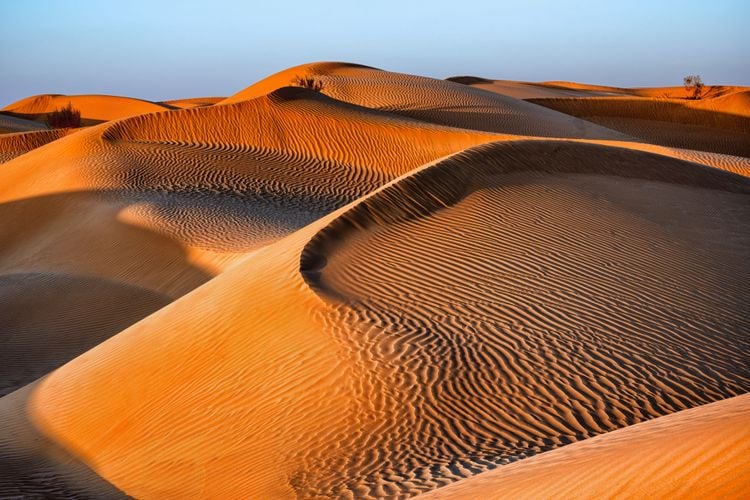
A fascinating but inaccessible desert
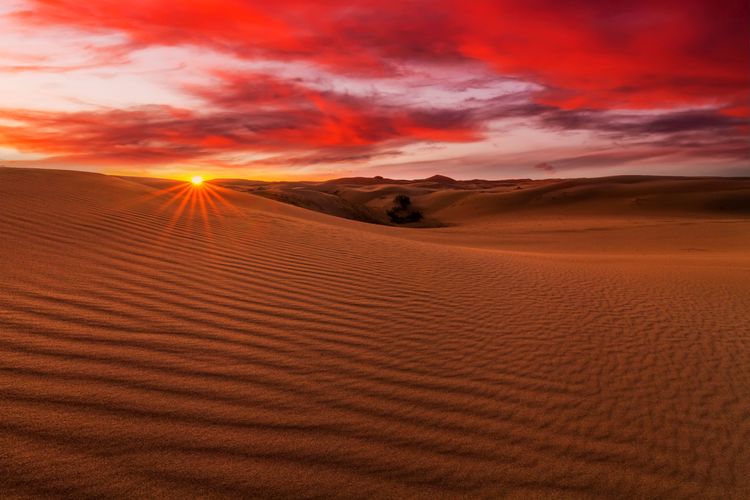
Beau coucher de soleil sur les dunes de sable dans Quart Vide, Rub' al Khali
- © fogcatcher / ShutterstockLife in the desert
This arid land was once home to an entire city, that of Iram, now considered lost. The city prospered between 3000 and 100 AD, thanks to the incense trade. The city has been the source of many legends, including interpretations of the Koran, occult practices and Lovecraft's use of its history in his writings. Today, only vestiges remain along the incense route. This road is the one and only lasting legacy of this past life.

Vestige de l'ancienne cité d'Iram
- © CL-Medien / ShutterstockFlora and fauna
The only people able to survive in these uninhabitable lands are the flora and fauna that have adapted to the extreme conditions. Among the plants are around twenty species, including the most precious: the Boswellia Sacra or "incense tree". It is from this small leafy tree that the resin used to make incense is extracted. It grows around the rare oases and in the north of Dhofar.
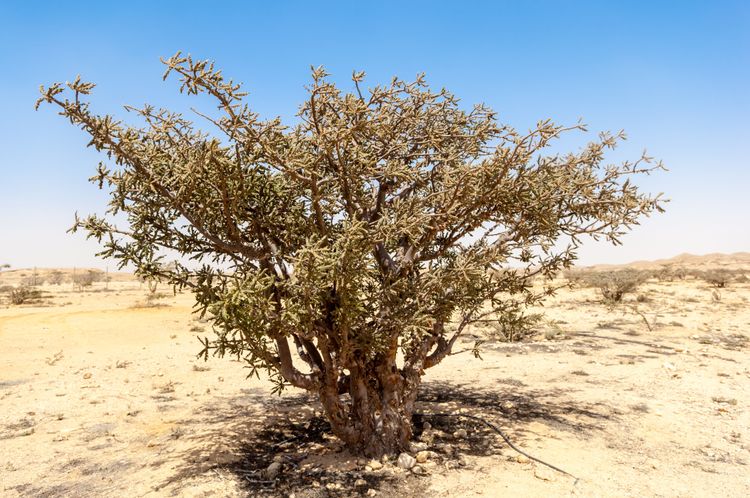
Boswellia Sacra ou arbre à encens
- © Patrik Dietrich / ShutterstockAs for the fauna, there are mainly spiders and rodents. The Jerboa, for example, walks on two long, thin legs and its head is adorned with two large ears like a Fennec, an anatomy cut out for the desert. In France, the animal is more commonly known as the Gerboise. Among the arachnids is the terrifying camel spider, renowned for its frightening speed of 15 to 16 km/h. The average human runs at 13 km/h. Enough to send shivers down your spine, even at 50°C.
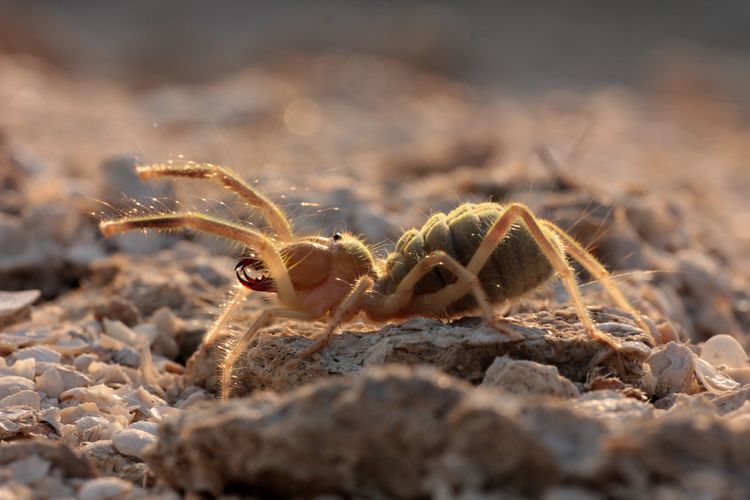
La terrifiante et rapide araignée chameau
- © Dmitry Fch / ShutterstockHuman traces today
Although nature now reigns supreme here, a few human traces remain. Firstly, there are the incense forests, the desert's one and only heritage. They have been maintained for thousands of years and bear witness to the ancient activity of man on these lands.
Secondly, because of its beauty, the desert is coveted for its scenery. That's why it has been the location for several films. Notably Star Wars: Episode VII - The Force Awakens in 2015. Rub Al-Khali was used to draw the landscapes of the planet Jakku.
Finally, the rare expeditions of tourists and archaeologists remain the only recurring comings and goings of people not used to the Rub Al-Khali desert.
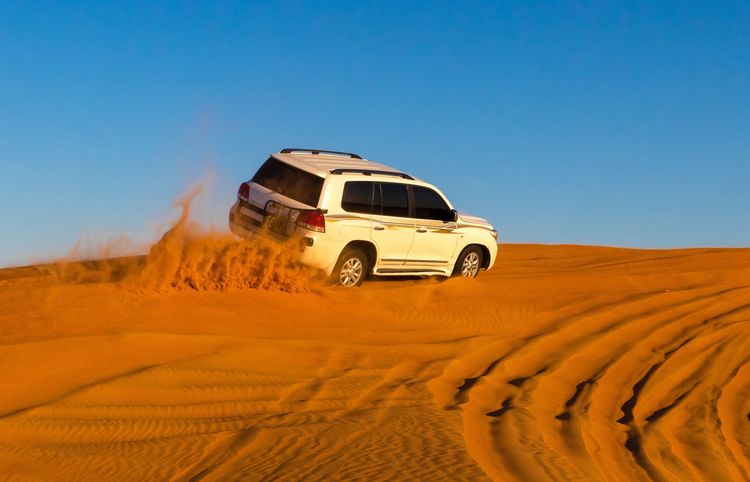
Expédition en 4x4 dans le désert Rub Al-Khali
- © Sergo Jaxua / ShutterstockDesert expeditions
It is extremely difficult for ordinary tourists to visit the Rub Al-Khali desert. To enter it, you need to obtain authorisation, which is rarely granted because of the aforementioned dangers. To facilitate this, hiring a guide is the best option. However, the Saudi government does not encourage this type of tourism and it is not easy to find an expert to take us. Very few expeditions are organised that offer to take tourists on their own; the only ones are organised in other countries bordering the desert.
Atalante, an organiser of small group treks, is one of the few organisers of expeditions to countries bordering the desert. The trip in question lasts 12 days, including 3 in the Rub Al-Khali desert. The exploration takes place in 4x4 vehicles and on foot, to take in every aspect of the desert. The itinerary begins with the remains of the lost city of Iram before continuing along the incense route to Jebel Samhan, a massif where the famous incense tree grows.
Practical information
👛 Prices: the price of the 12-day expedition starts from €3395 including flights.
👉 The group is made up of between 5 and 12 people
👉 For alternative and personalised expeditions, it may be worth contacting the relevant travel agencies.
⚠️Le Rub Al-Khali desert is a hostile environment, you need to be prepared before considering any adventure.
Other deserts to visit
Jubbah Desert
Although not quite as gigantic as the Rub Al-Khali, the Jubbah Desert is no less astonishing. More diverse, its long rocky canyons and elongated dunes make it a desert with a unique appearance. What's more, at its heart it holds the secrets of hidden civilisations: cave paintings from the Palaeolithic era. Its smaller size means that, unlike the Rub Al-Khali, the Jubbah Desert is more accessible. Many activities are organised here. From camping in the sand, to stargazing on a cool night, or simply trekking in search of ancient paintings, the Jubbah desert holds many treasures.
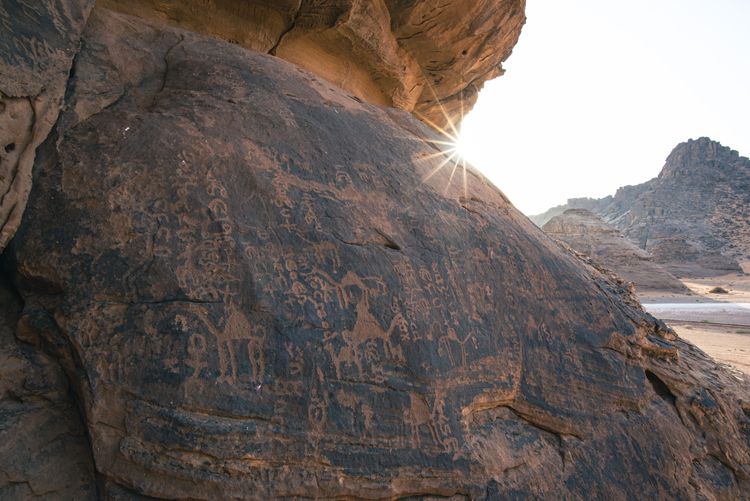
Al Nufud Al Kabir, the great Nefoud desert
The Nefud desert is also close to the village of Jubbah. What's more, it also hides secrets from the past. Fossils of prehistoric elephants and birds of prey have been found in the heart of the Nefoud sand. It also has something in common with the Rub Al-Khali, although it is not as big as the Rub Al-Khali, since Nefud covers just 103,600 km². Although this is already an impressive area, it is the height of its dunes that makes it stand out, some of them reaching heights of 1,000 metres and surpassing those of the famous Rub Al-Khali. Camping and picnics can be organised here.
Al Araqana Desert
This desert lies to the east of Tabuk, a town in the west of the country. The place has forged its reputation as one of the best spots to admire the Saudi sunset. All you have to do is settle down with something to drink and watch the sun gradually join the ocean of sand that is the Al Araqana. When the two seem to come into contact, the sand is lit up with a fiery red glow. It all adds up to a picture in which the immensity of the desert, the deafening silence of non-life and the power of the shimmering sun are one and the same.
Where to stay near Rub Al-Khali?
Riyadh, the country's capital, is only a 2-hour drive from the desert.
Four Seasons Hotel in Riyadh
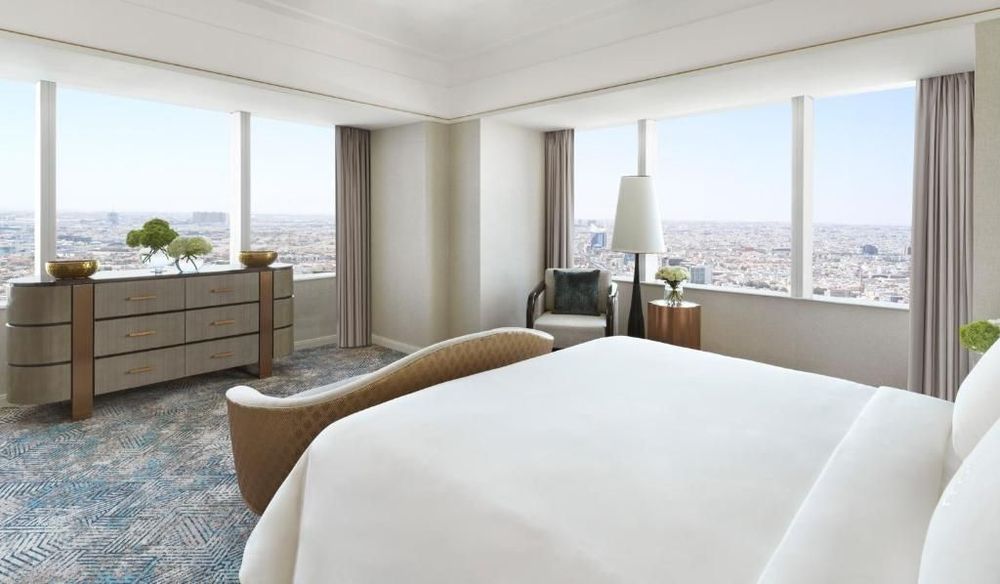 Riyadh
Riyadh






